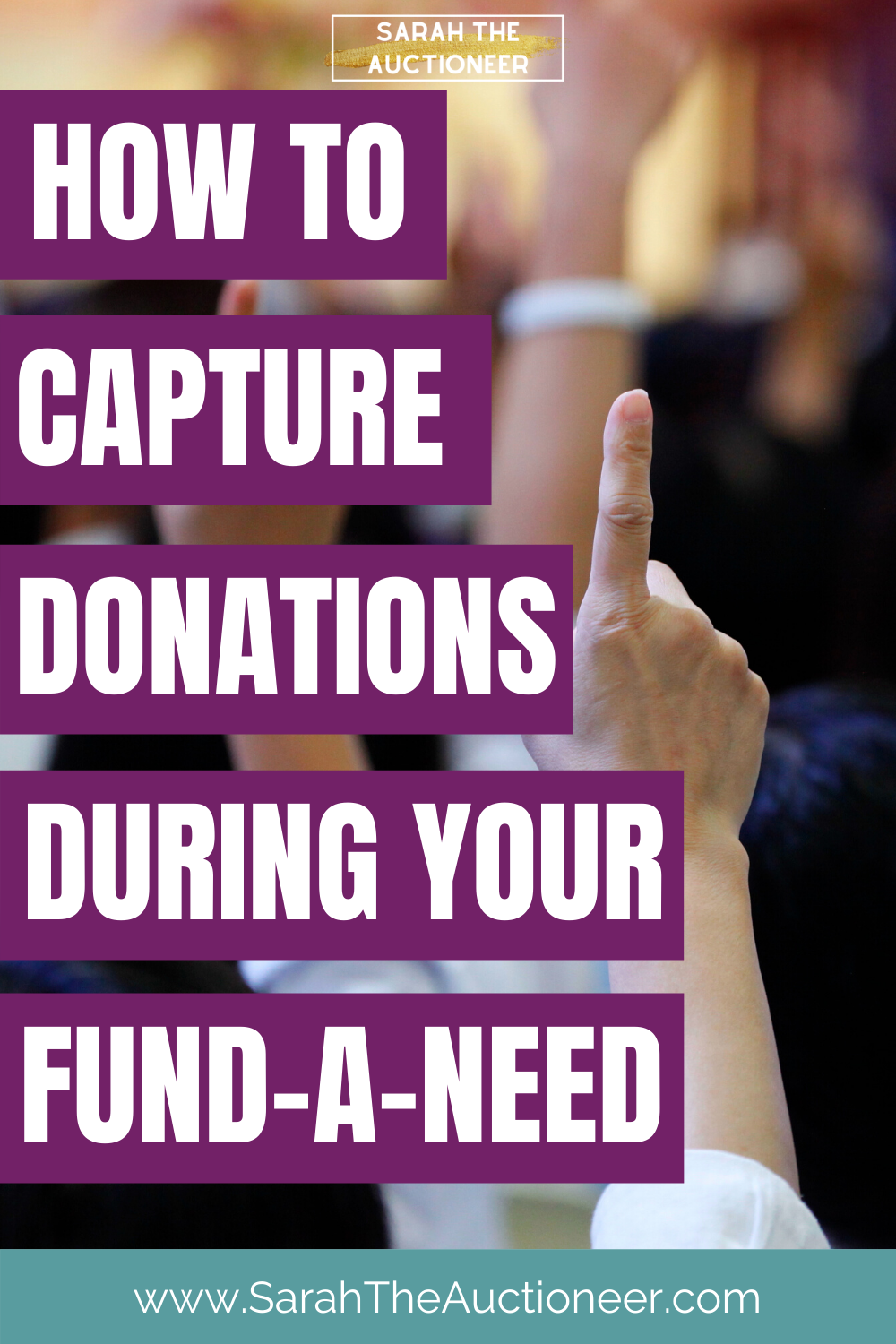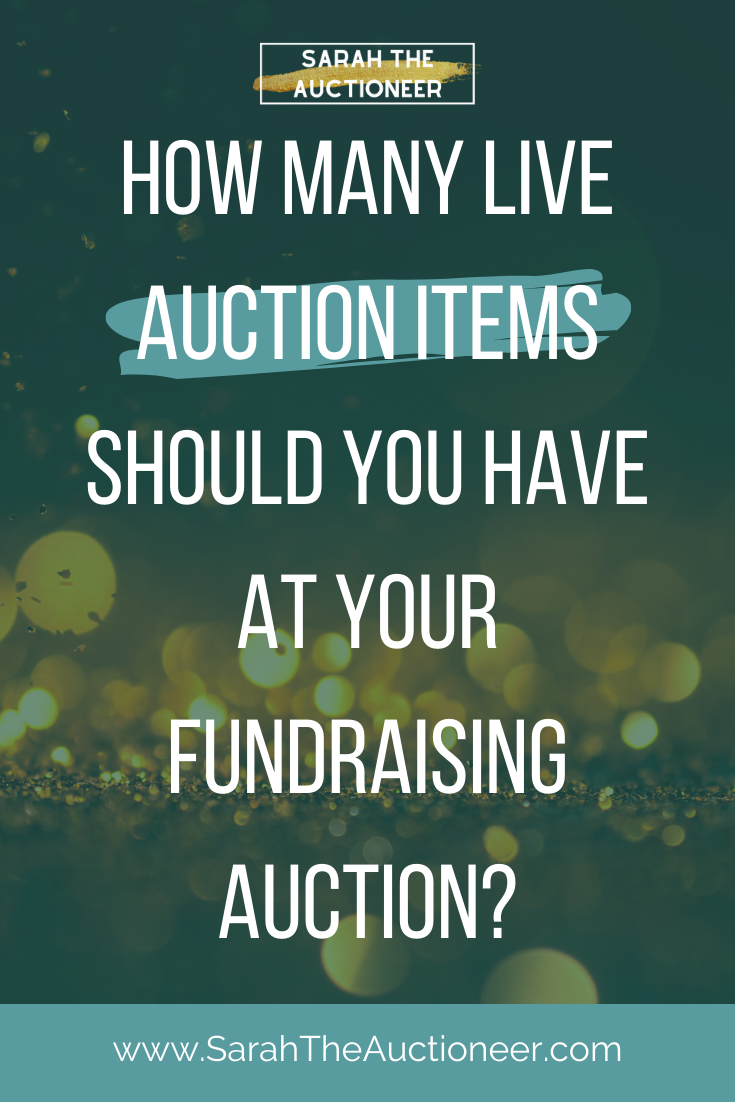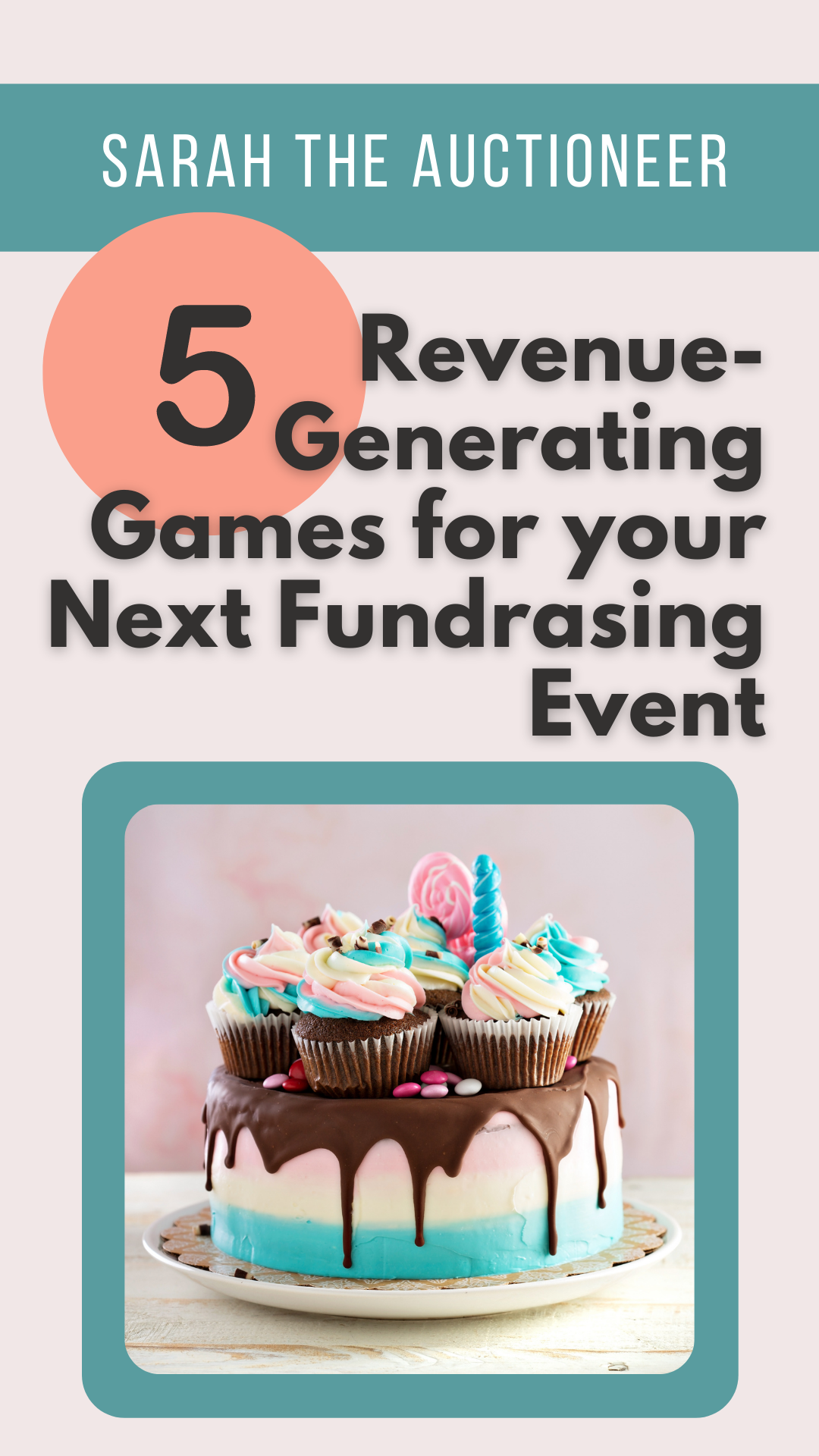Events are coming back, slowly but surely. However, we will not be seeing ballrooms filled with 1,000+ guests for a while still. So, the events that used to have 1,000 in-person guests are probably going to be sitting at 250-500 guests in person, with everyone else attending virtually.
We know that not everyone will be able to attend your in-person event. If you aren’t sure who to invite, make sure you check out this post on who should be attending your in-person event.
With fewer attendees, but similar expenses, how do you know what to charge?
The good news is that fewer guests, means fewer people to feed. However, you’ll still be dealing with the cost of the venue, AV, staff, etc, which means ticket prices will need to go up.
How to know what you should charge for tickets to your fundraising event?
Have a clear budget and charge accordingly
Make sure you know how much your event will cost. If your event will cost between $50,000-$60,000 and you plan to have 250 people attend, you should aim to charge $250/head. Simple. Take your budget and divide it by the number of attendees and make that your ticket price. If you don’t want to charge as much for your event, you will need to cut your budget and find ways to save money at your event. I know in the past, your event may have cost $100,000 and with 1,000 guests you could charge $100 a head, but now you are creating a more exclusive event and the ticket prices will need to reflect that.
obtain sponsors
I always tell my clients to aim to have the ticket prices cover the cost of the event, but to set a goal of having the same amount raised by sponsors, so that you start your event profitable. So if your event costs $60,000 to put on, and you have 250 guests at $250 ($62,500 total), you should also aim for at least $60,000 in donations from sponsors. This way your event is profitable from the beginning.
Have a FREE virtual option
The virtual option for your event will be FREE. This will allow anyone to attend your event even if they cannot afford to come in person. In hybrid events, the in-person portion will be more exclusive and the experiences there can reflect that, but the virtual option can still offer a great experience and a way for people to get involved with your organization. In 2020, we found that by offering free admission to virtual events, nonprofits were seeing a significant increase in new donors (up to 70% in some cases). I recommend bundling the cost of the virtual event in with the overall budget so that the ticket prices and sponsorships can cover the cost of the events.
Start the event profitably
These are just guidelines and recommendations for where to start with pricing. Based on your location and demographic you might find you can charge more or you may have access to even more corporate sponsors. The goal is profitability at your event, and starting with charging enough for tickets is a great place to start.


























